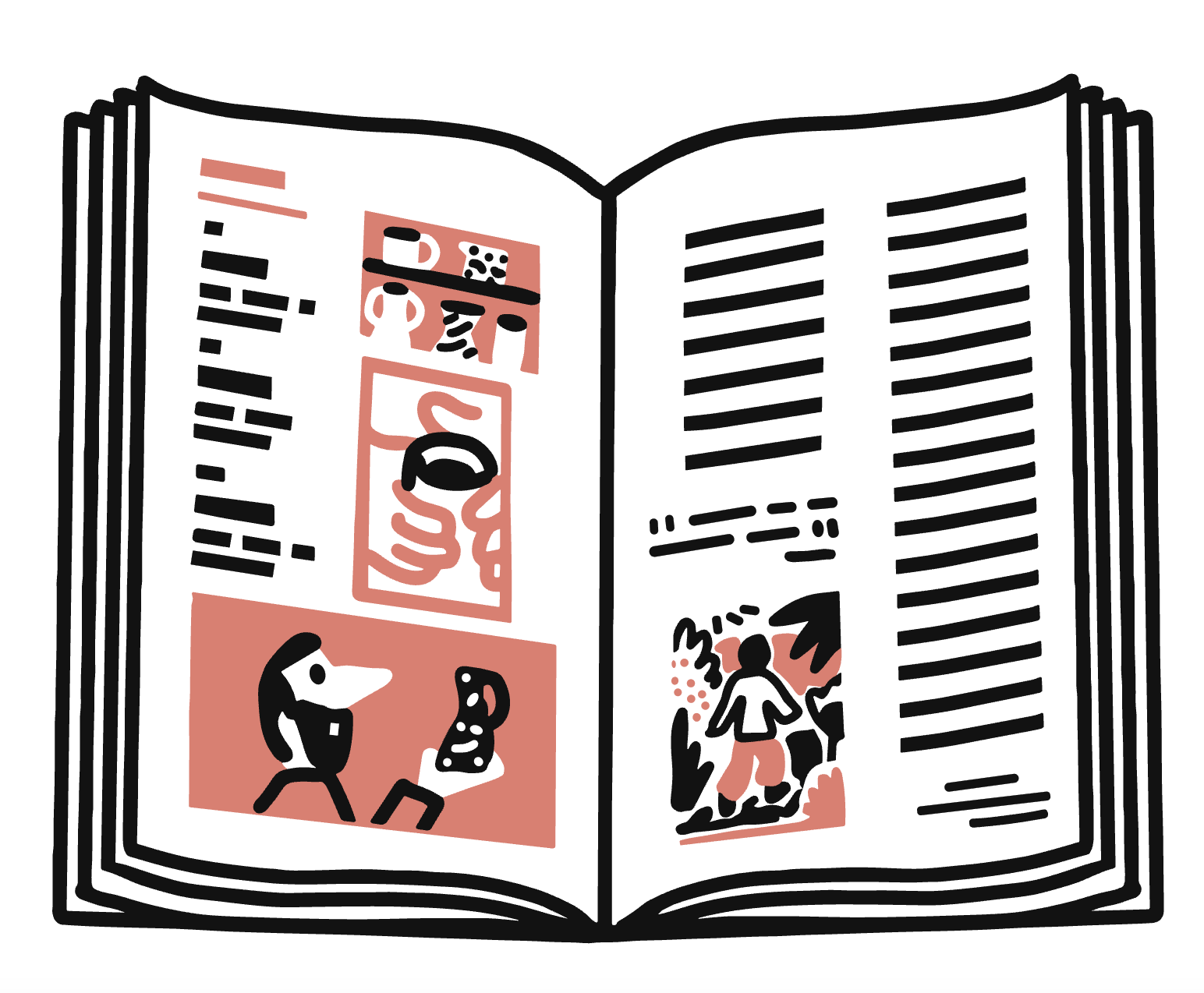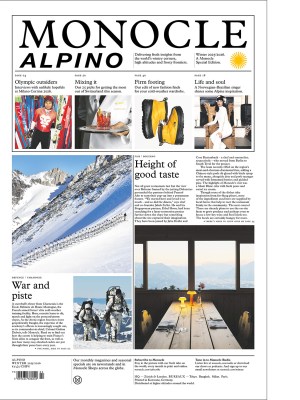Urban regeneration can save our cities – all it takes is fresh perspective
As cities densify and space grows scarce, a quiet revolution is transforming forgotten corners into new opportunities.
Dead spaces are everywhere in our cities. From the empty pockets beneath flyovers, oversized squares without seats and cul-de-sacs without purpose, these in-between pieces of the urban fabric are often unused and unloved. But what if we could reimagine what they look like and transform them into usable spaces?
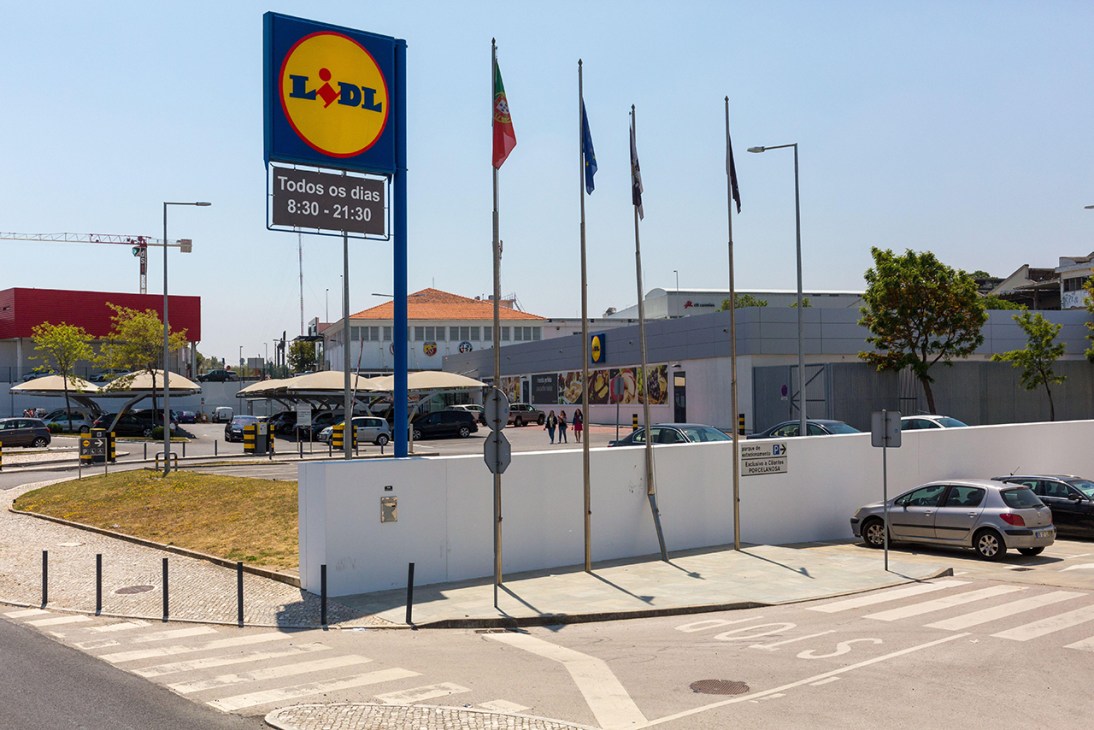
That’s precisely what the city of Lisbon is aiming to do with an initiative that is breathing new life into an overlooked space: the supermarket car park. The Portuguese capital’s mobility body, Emel, has partnered with German supermarket Lidl to turn its car parks into free overnight parking zones for residents. In total, 335 spaces will be made available across six different locations, utilising tarmac in the twilight and unlocking valuable real estate.
It’s a simple yet effective solution that defies the common “build more” mentality. Policies pushing for more bike lanes or increased pedestrianisation, which often means the loss of precious parking spots in the city centre, are less likely to face opposition if a resolution for drivers is on the table.
How would quality of life improve if every city adopted this approach? And how different might our built environments look if more spaces were activated around the clock, rather than left idle?
Lisbon is not alone. Around the globe, similar schemes are helping to transform empty areas into functioning assets. In Japan, convenience-store chain Lawson has unveiled a programme where visitors can rent out parking spaces to use them as an overnight campsite for budget-conscious travel. For as little as ¥2,500 (€14.50), visitors will also have access to the shop’s facilities and power supply. It’s an easy solution to Japan’s surging demand for backpacker tourist accommodation – and another example of space doing double duty.
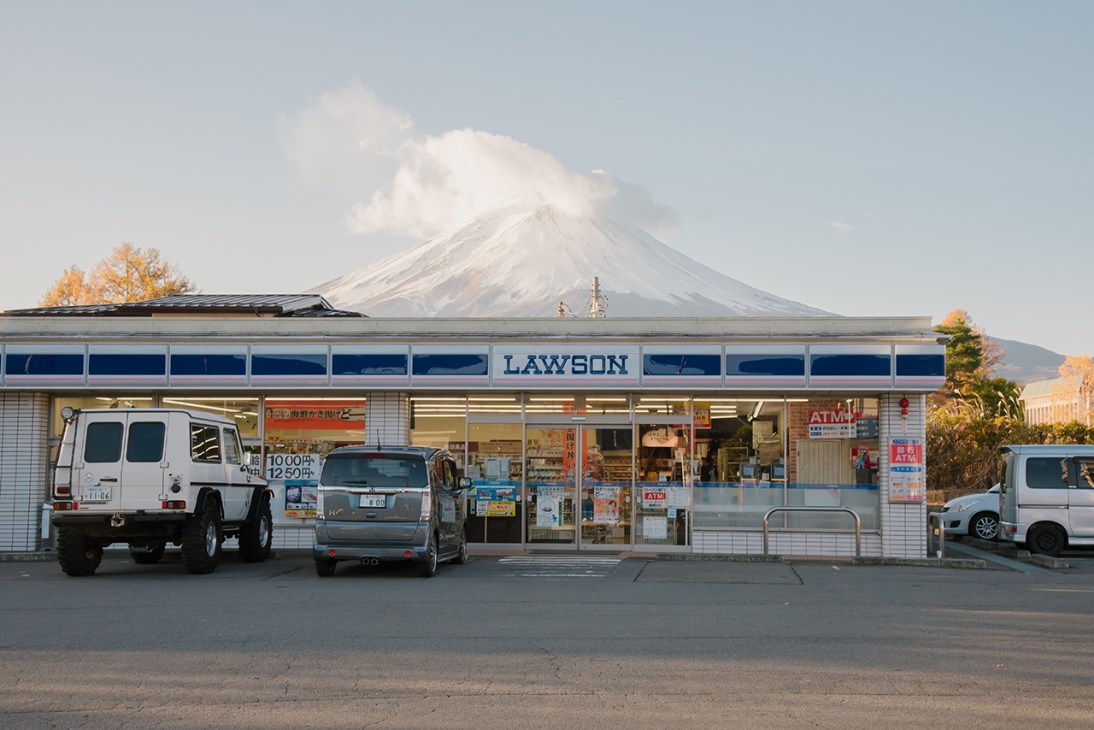
Melbourne has turned its attention to the city’s underpasses, which are often uninviting and intimidating spaces. Many now serve as colourful, art-filled walkways – Burke Road underpass in Glen Iris recently became the home of a vibrant mural. (You read more about how Australian cities have transformed their laneways here.)
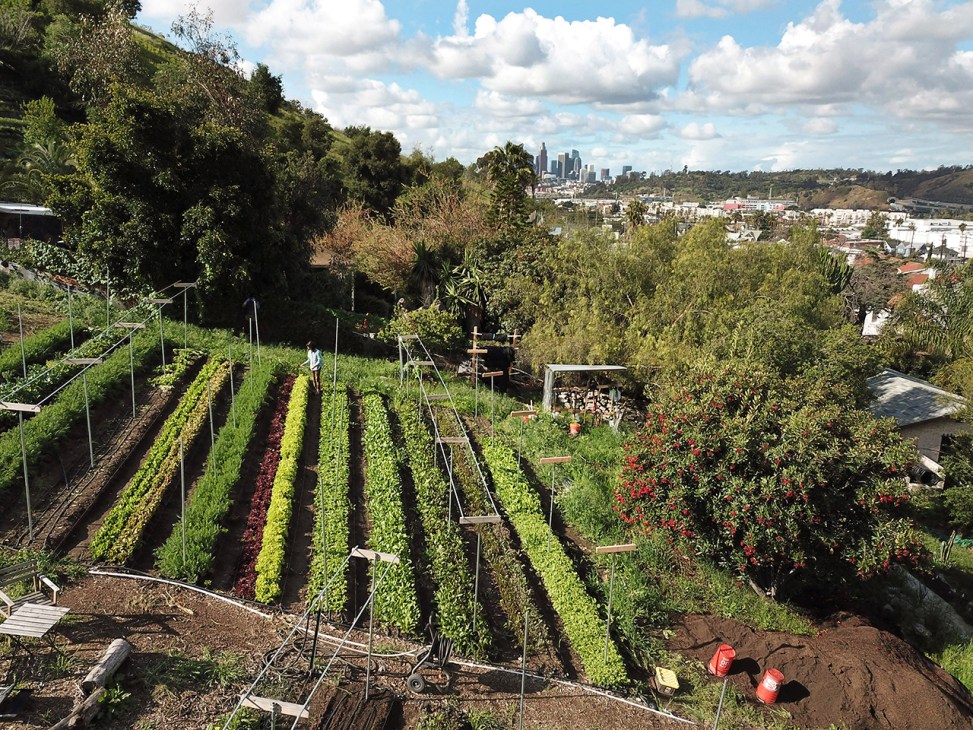
In southern California, landowners can apply to a tax-relief programme known as the Urban Agriculture Incentive Zones Act, which promotes the conversion of vacant lots into city farms. The scheme encourages residents to reimagine empty areas for social and ecological benefit. The city of Los Angeles has gone one step further with projects such as Rio Vista Apartments, where a former school car park was transformed into affordable housing with an urban farm on its rooftop for residents. The development was made possible by a 66-year ground lease from the school district, allowing for the parking area to serve its community in a different way. And, in Barcelona, more than 60 school playgrounds are now open to the community during the weekends and throughout the summer, providing much-needed green social spaces in dense neighbourhoods.
What all these solutions have in common is the idea of regeneration. When cities treat underused infrastructure as a latent opportunity, once-dead spaces can become the building blocks of a connected, generous and liveable place for all.
